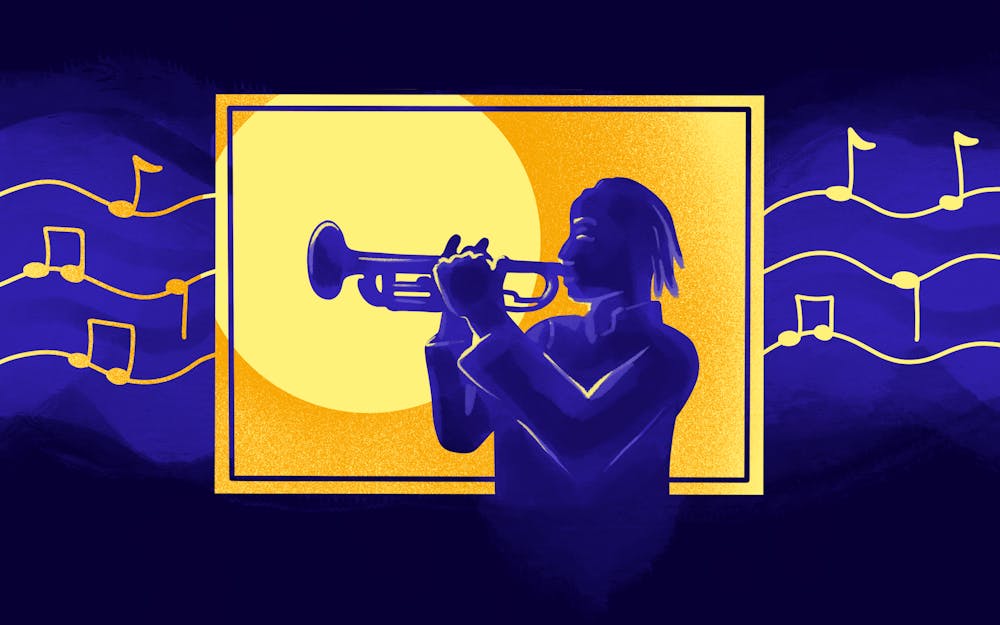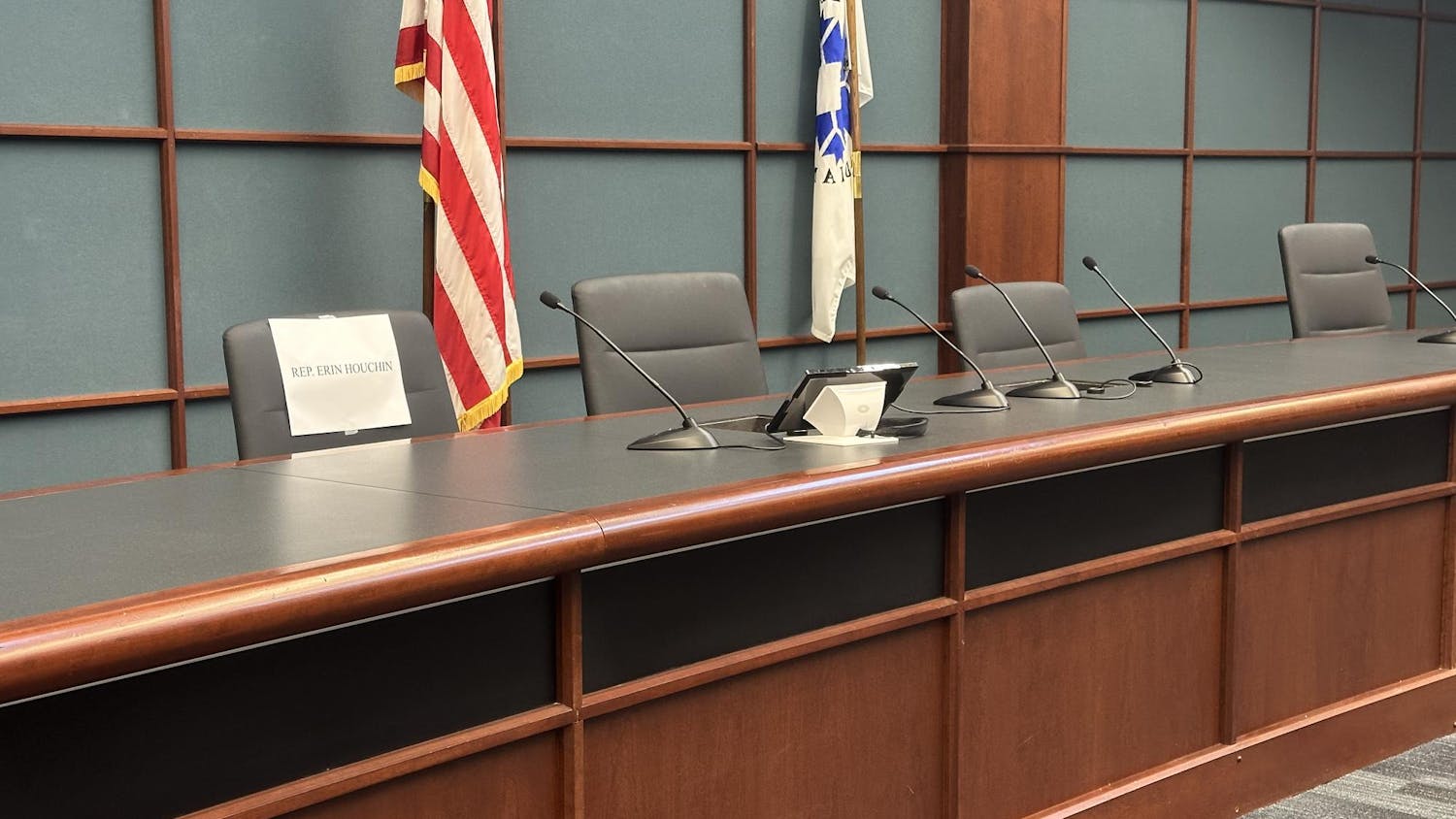Playing a musical instrument has undoubtedly proven to elicit positive psychological effects. Learning a musical instrument has been shown to reduce levels of stress, anxiety, depression and even PTSD while improving dexterity, brain plasticity and general mood. However, the benefits of learning how to play a musical instrument go beyond what has been measured in psychological research. Musical instruments are a phenomenal medium for learning disciplinary rules of music theory, and eventually modifying them to build one’s own creative/original tune.
When one first learns any musical instrument, there are traditionally very little initial opportunities to play complex or unorthodox musical chords or scales. One starts with the basic chords and scale progressions. Typically, the music you first learn to play sounds very uninspired and unoriginal. After all, you’re restricting oneself to a basic sonic network and simple laws of music theory. Understanding the fundamentals of musical structure and theory is essential to properly expanding upon said structures. So, while scales like the major scale are not particularly creative, and to learn to play it in different octaves and parts of an instrument is a tedious process, there is merit in forcing oneself through this rigorous experience.
Such a rough initial journey enforces great discipline in the musician, which is necessary for regulating our emotions and controlling our mental wellbeing by extension. And while I don’t claim to be a staunch stoic in the importance of discipline, I still see the characteristic as important to wellbeing, organization, resilience, aptitude and focus. The beauty of discipline is clear when we can use it as a basis for creativity -– It acts as an anchor of knowledge to bend our known chords and scales into a new sound to call our own.
Jazz, for example, involves a reshaping of traditional music theorems so as to create a new, surprising and fresh sound. Where traditional music theory would merely follow “Do, Re, Me, Fa, So,” jazz might change the harmonies in an unorthodox way by transforming the “Do, Re, Me” harmony to something like “Do, Mi, Sol, Ti, Re, Fa, La, etc.” This tweak in music theory opens the doors to totally new sounds: sounds that could only be realized had jazz musicians first had some sort of understanding of the very music theories they aim to reshape. While jazz most obviously bends music theory, every genre, and just about every song you’ve ever heard does this same thing to some extent.
When the repetitive practice of basic music theory and musical notation becomes a muscle-memory-induced skill, the musician has the ability to alter the scales and chords, creating something new. To do this enforces profound creativity and expressiveness.
After some time, one’s musical instrument, which once acted as a tool for discipline, has now evolved as a vehicle for creativity through unorthodox melodies the musician has created from their twists on traditional theory. This creativity can lead to infinite possibilities, and that profound freedom is one that can only be expressed as a result of having acquired the knowledge of some music theory. That is what makes learning an instrument such a beautiful process: It begins with repetition and even pain, but the struggle creating the foundation to construct new sounds that feel wholly one’s own, whether they genuinely are, is its own reward. There will come a point where one can perfectly translate their envisioned tones on to their instrument. Once that is achieved, they are left with an infinite well of creativity that is limited to nothing less than their imagination. This is the importance of discipline and creativity and ultimately, this is why I find it so important to pick up an instrument, and let it act as your canvas towards total artistic liberation.
Jacob Lubarsky is a senior studying philosophy and political science.






